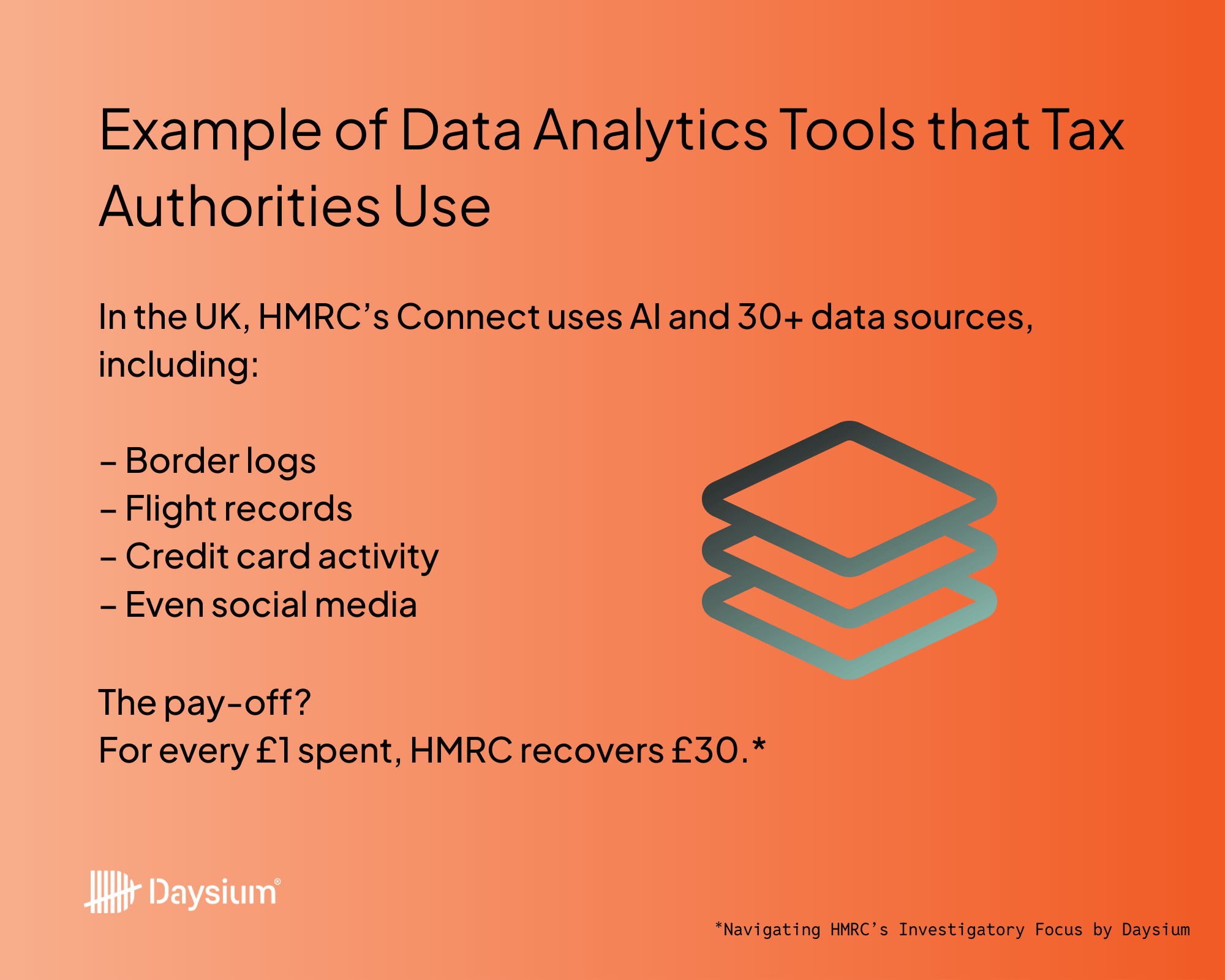Let’s go over in detail what different travel records exist when flying private:
Flight Manifest (GENDEC)
Every private jet must submit a General Declaration (GENDEC) or manifest to border authorities such as the UK Border Force or the US Customs and Border Protection. This includes:
- Passenger names
- Passport numbers
- Flight origin and destination
- Crew details
- Arrival and departure timestamps
These records are not public, but they’re accessible to authorities during audits or formal tax investigations. For example, if HMRC (UK) or IRS (US) suspect discrepancies in your declared tax residence, this could be one of the first documents they’ll review.
Flight Plan & Air Traffic Control Logs
Private flights must file a flight plan with aviation authorities, detailing:
- Aircraft registration
- Departure and arrival airports
- Estimated times
- Flight route
These plans are timestamped and archived by air traffic control (ATC) systems. They are retrievable through official channels in an investigation or litigation process.
Border Control & Entry/Exit Logs
Unlike commercial passengers, those flying private don’t always receive passport stamps, especially in zones like the Schengen Area or GCC.
However, in many countries (such as the UK, US, and Australia), electronic entry/exit logs are still maintained via advance passenger information (API) submitted before arrival.
These documents are usually available to immigration and tax authorities on request. These digital logs can confirm your presence in or exit from a country, whether your passport was stamped or not.
FBO and Airport Records
Private jet terminals, known as FBOs (Fixed Base Operators), meticulously record:
- Aircraft arrivals and departures
- Ground handling services
- Passenger manifests
- Fuelling records
While private, these records can be requested during a tax investigation.
Flight Crew & Service Logs
Pilots, operators, and crew often keep logs of passengers, including names and travel history. These may be stored in:
- Crew logbooks
- Maintenance reports
- Onboard hospitality records
These aren’t regulatory documents, but they can become relevant as secondary sources of evidence in disputes over travel dates.






